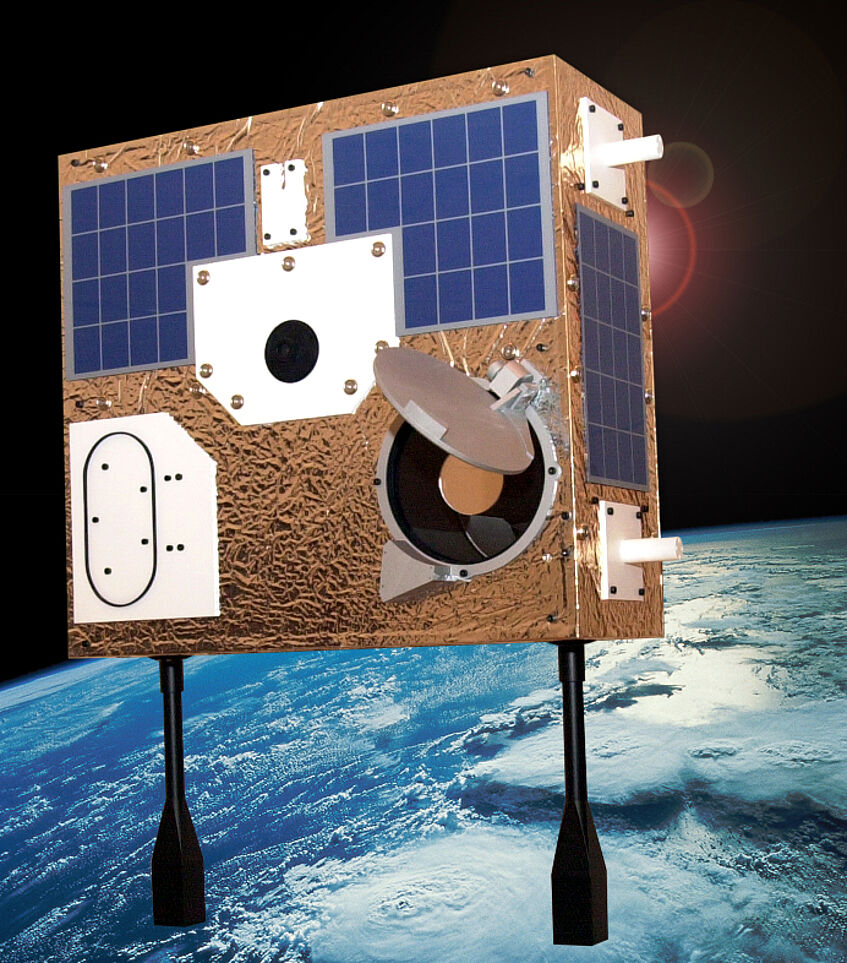MOST

The MOST space telescope.
MOST
Mission Overview
MOST (Microvariability and Oscillations of Stars) is a Canadian microsatellite. With the size of a suitcase and weighing only 60 kg, it is the world's smallest astronomical satellite. The high-precision telescope on board measures oscillations in the light intensity of stars, yielding information about age and composition of the stars. Moreover, MOST was build to detect extrasolar planets and measure their properties such as size and density. The satellite sends the data to ground stations at the University of British Columbia, the University of Toronto and the University of Vienna.
Contribution of our Institute
The Institute of Astrophysics is the Austrian representative to MOST hosting the Vienna Ground Station. Furthermore, asteroseismology, i.e. measuring pulsations of stars, is one of the major research topics at our Institute.
Involved Personnel
PI (Univ. of British Columbia): J. Matthews
Austrian Project Lead: W. W. Weiss
Project Lead Vienna Ground Station: A. L. Scholtz
Milestones
Launch date: 30 June 2003
Funding
Ontario Research and Development Challenge Fund
Natural Sciences and Engineering Reseach Council (NSERC)
Ontario Centre for Research in Earth and Space Technology
University of British Columbia
Links
